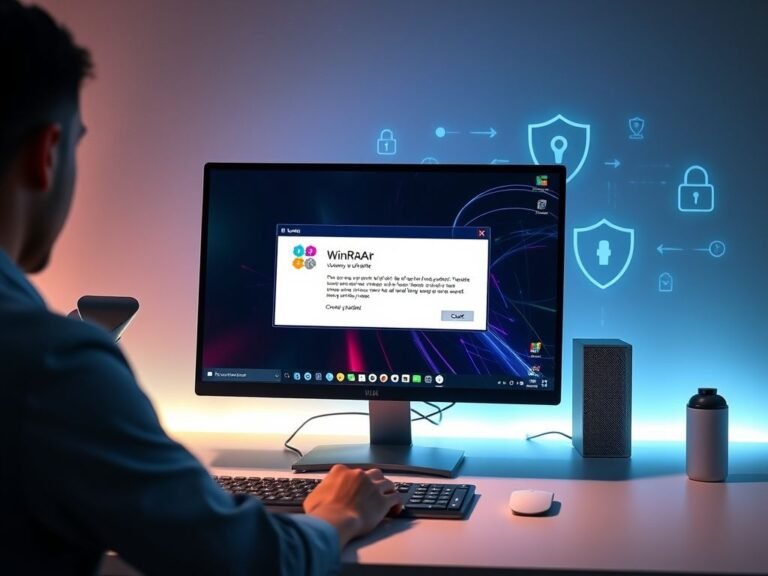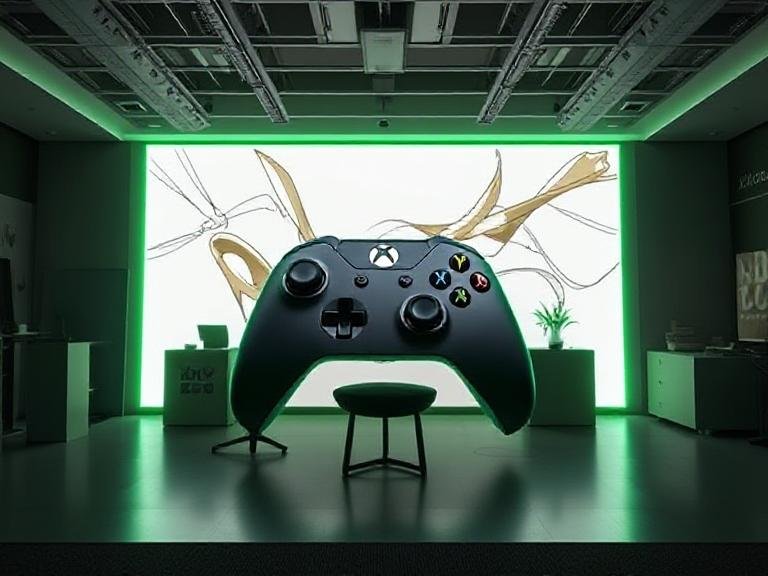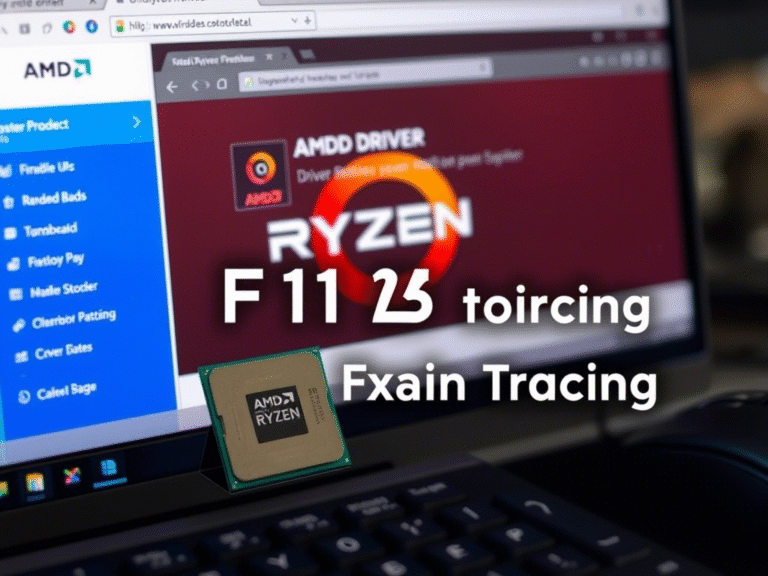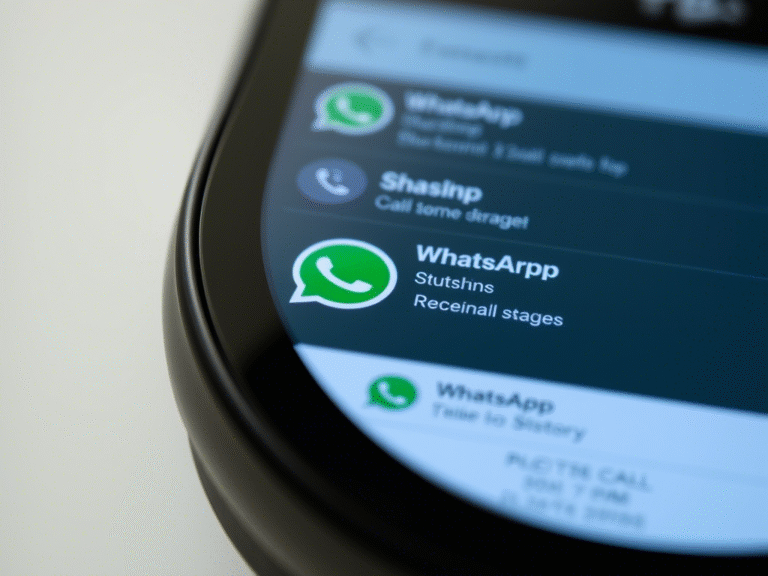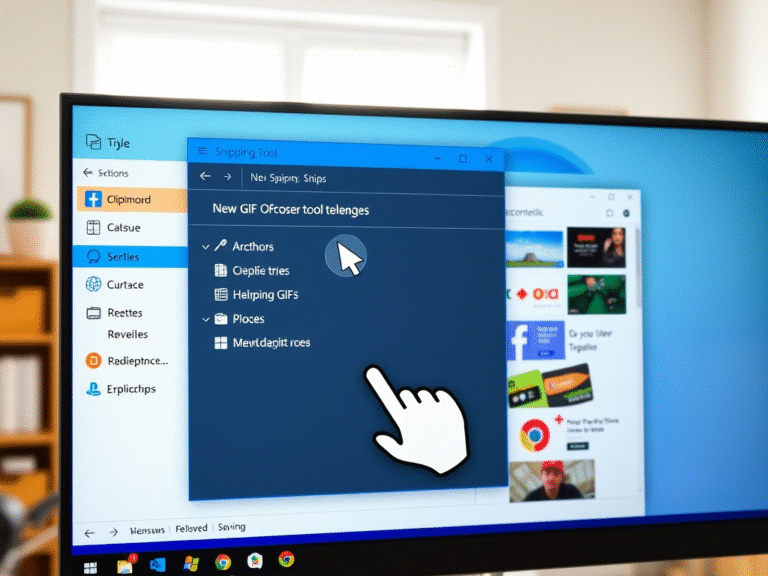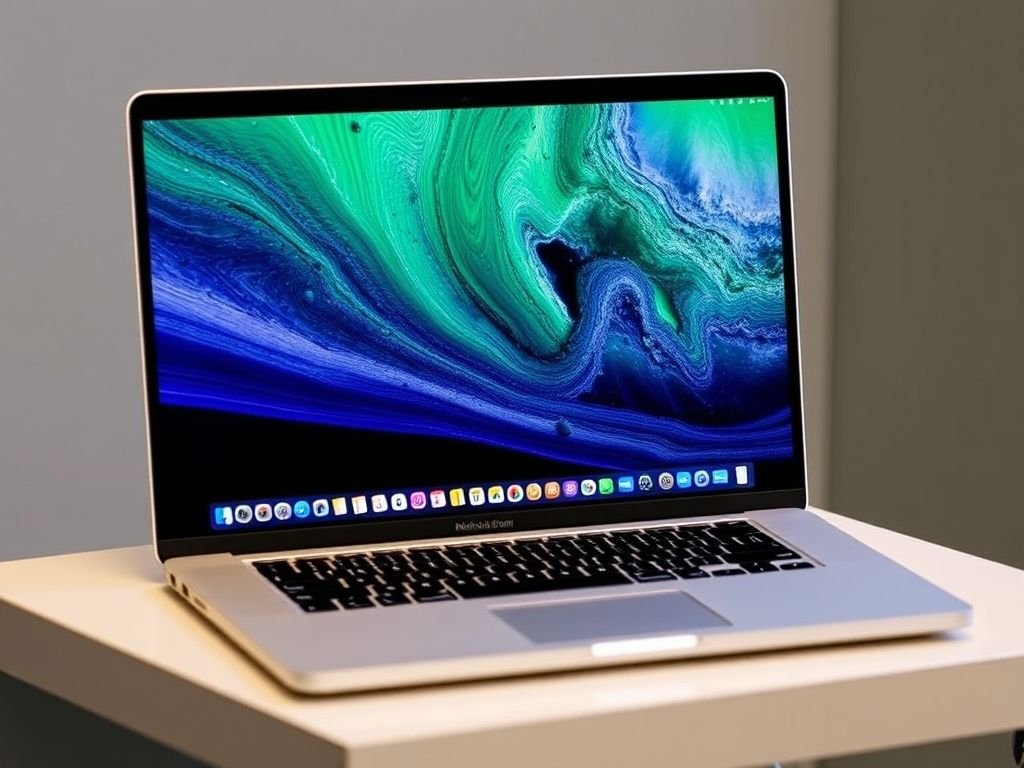
Apple’s Chromebook Killer Could Be a MacBook with an iPhone Heart
Right now, if you visit Apple’s official website, the most affordable MacBook you can buy is the 13-inch M4-powered MacBook Air, priced at $999 (before taxes or discounts). While Apple has long been associated with premium design and performance, that price point puts its laptops out of reach for many users — especially students, families, and budget-conscious buyers in emerging markets.
But that could soon change.
According to a new report from DigiTimes, citing supply chain sources, Apple is developing a more affordable MacBook with an expected price range of $599 to $699. If true, this would mark one of the company’s most aggressive moves yet to expand its reach beyond the high-end market.
Mass production of the device is reportedly set to begin in Q3 2025, with a potential launch window in late 2025 or early 2026 — suggesting Apple is taking a deliberate, long-term approach to bringing down costs without sacrificing core brand values.
Smaller Screen, Lower Price
The upcoming model is said to feature a 12.9-inch display, slightly smaller than the current 13.6-inch MacBook Air. While exact display specs remain unclear, there are indications that Apple might drop the Liquid Retina branding for this model — a possible cost-cutting measure.
That doesn’t necessarily mean poor image quality; Apple could still deliver solid brightness and color accuracy using a more economical panel. After all, the goal appears to be value optimization, not compromise at every level.
An iPhone Chip Inside a MacBook?
One of the most surprising details: the budget MacBook may not use an M-series chip like every other modern Mac. Instead, DigiTimes claims it will be powered by the A18 Pro, the same chip found in the iPhone 16 Pro and built on TSMC’s advanced N3E (3nm) process.
This would be a notable departure from Apple’s current Mac lineup, which runs on M-series chips derived from the same architecture as the A-series but enhanced for laptops and desktops.
Using the A18 Pro — with slight modifications — could significantly reduce manufacturing complexity and cost. Since the chip is already in mass production for iPhones, Apple can leverage existing supply chains and avoid the expense of designing a new low-end M-series variant.
However, performance expectations should be realistic:
- The A18 Pro is powerful for a smartphone, but it’s not built for sustained workloads like video editing or multitasking across dozens of apps.
- Thermal limits and lower memory bandwidth may cap real-world performance compared to even the base M1 MacBook Air.
Still, for basic tasks like web browsing, document editing, video calls, and media playback — the bread and butter of student and classroom use — it could perform more than adequately.
No details have emerged yet about RAM or storage configurations, but industry trends suggest 8GB of RAM and 128GB of storage would be the likely starting point.
Why This Makes Strategic Sense
Apple’s Mac sales have been strong in recent years, with the company shipping 17 to 18 million units annually, according to internal estimates cited in financial reports. But growth is slowing in mature markets.
By introducing a lower-priced model, Apple aims to:
- Boost annual Mac sales by 30–40%, potentially reaching 24 million units or more.
- Compete directly with Chromebooks, which dominate the education sector in regions like North America and parts of Asia.
- Expand into price-sensitive markets where iPhones sell well, but Macs do not — due to cost barriers.
A $600 MacBook wouldn’t need to match Chromebooks spec-for-spec. Just offering years of macOS updates, iCloud integration, and access to the full Mac App Store gives it a long-term advantage over devices that stop receiving updates after five years.
Potential Risks: Will It Hurt Other Apple Products?
One concern is cannibalization — could this new MacBook eat into sales of the MacBook Air or even iPad models?
Possibly. But Apple has navigated similar trade-offs before:
- The iPad mini didn’t kill the standard iPad.
- The iPhone SE coexists with higher-end models.
With smart positioning — perhaps marketing the budget Mac as an “entry point” into the ecosystem — Apple can turn this risk into a strength by bringing new users into its world, who may later upgrade to pricier devices.
What’s Still Unknown
We’re still waiting for official confirmation from Apple, and many key details remain under wraps:
- Will the device support the Apple Pencil or external displays?
- Can it run AI-powered macOS features like Apple Intelligence efficiently?
- Will it have a fanless design? Touchscreen?
Until then, everything is based on supply chain rumors. But the timing, pricing, and strategic logic all point to one possibility: Apple is finally ready to make a true budget laptop — not a repurposed tablet, but a real Mac for the masses.
Final Thoughts
If Apple delivers a $599 MacBook that feels like a real Mac — even if it’s powered by iPhone tech — it could reshape the entry-level laptop market. It wouldn’t just compete with Chromebooks; it could redefine what “affordable” means in Apple’s ecosystem.
And for millions of users who’ve always wanted a Mac but couldn’t justify the price, that could be a game-changer.
